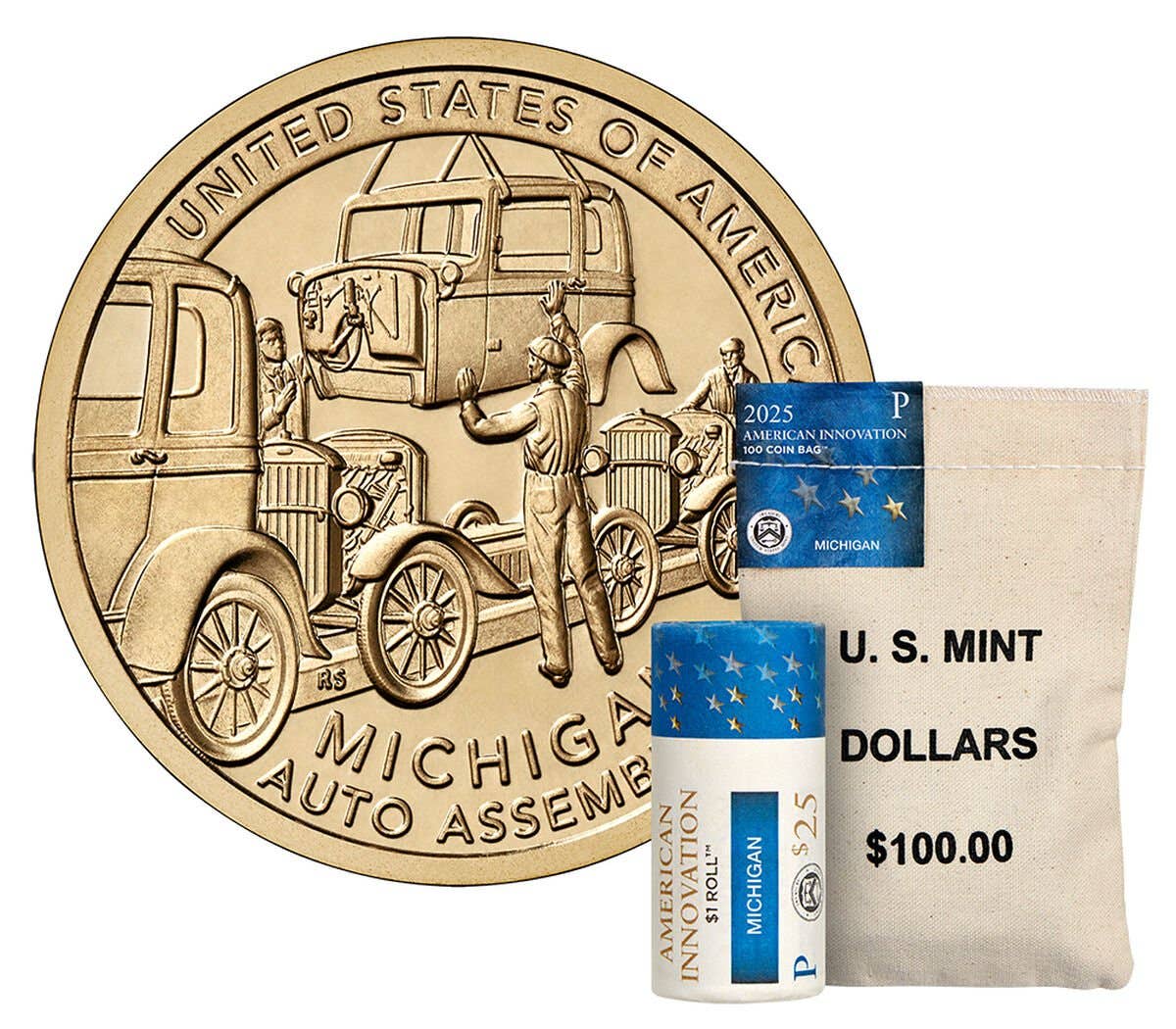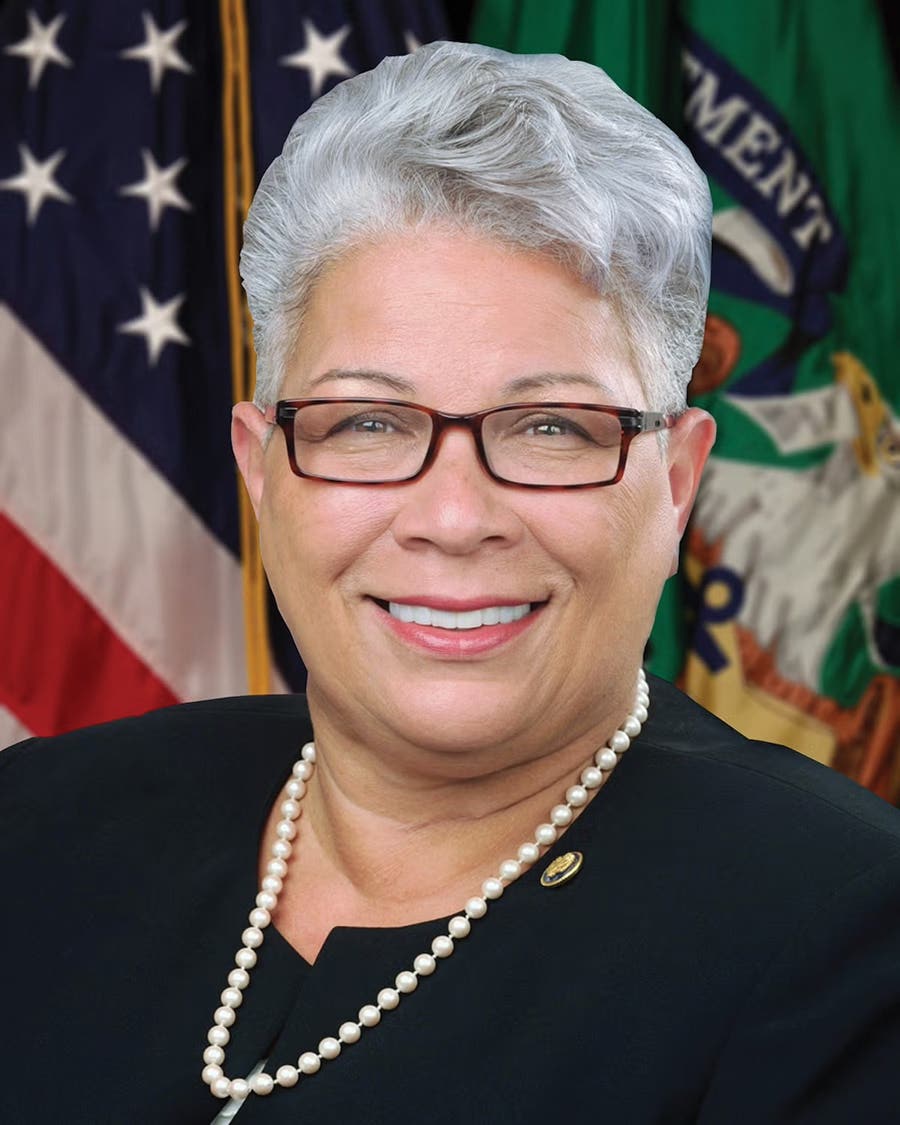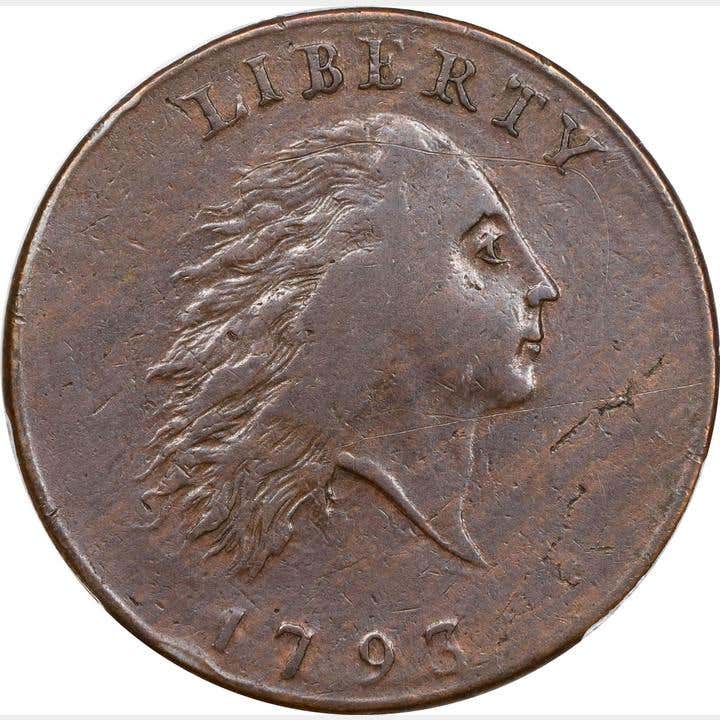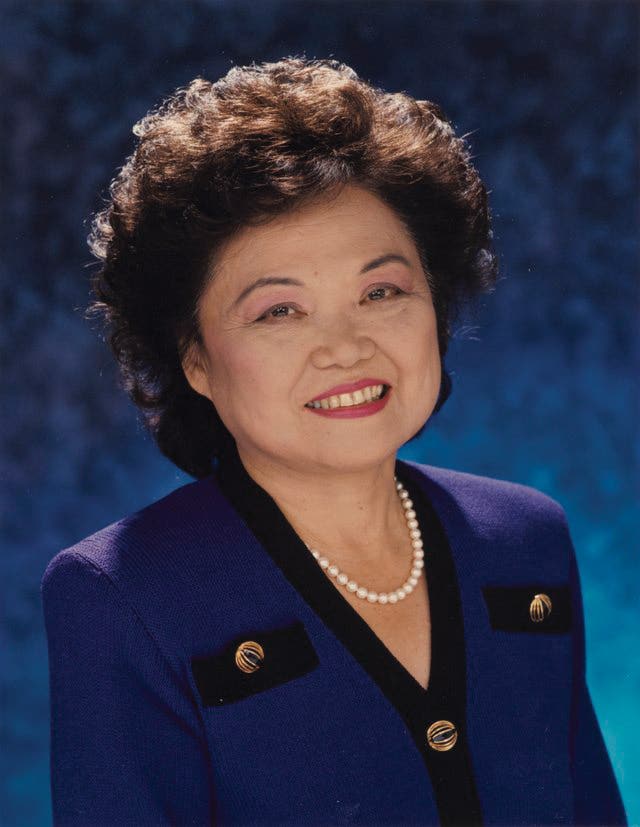The Year 1952: Back at the Beginning of Numismatic News
The year 1952, when Numismatic News got started, and got up and running, certainly had some ups and downs. We were not all that many years away from having fought…
The year 1952, when Numismatic News got started, and got up and running, certainly had some ups and downs. We were not all that many years away from having fought and won the biggest war the world had ever seen. The afterglow of that brought on a certain amount of good feeling, and that in turn meant progress on several fronts. Taking a quick look back gives us a lot to ponder.
Circulating Coinage
When it came to the coins used to keep America’s economy going on a daily basis, a collector can make the claim that 1952, like most of the 1950s, was pretty much an example of more of the same. Five coins did the work of everyday commerce – or at least the small change part of it. The Lincoln cent had been going strong for decades; although, in 1952 there might still have been a few of the 1943 steel cents in circulation. For that matter, some Indian Head cents may still have made it back to circulation, after having been stuck in someone’s sock drawer for a very long time. As for the nickel, our third president had been on it since 1938, and there were still plenty of what we know as the war nickels continuing to circulate, with their large mintmarks above Mr. Jefferson’s home in Monticello, indicating their special alloy. Turning to our little 10-cent piece, the president who had given his all to get our nation through the Second World War to victory had been on the dime only since 1946, shortly after his death. Mr. Washington had been on our quarters since 1932, and the output of quarters had reached some impressive heights at various years. The Franklin half dollar was the newest design folks were using, having knocked the Walking Liberty design off the half dollar in 1948, and it was a coin that still represented quite a bit of purchasing power.
Additionally, even in 1952 there were still some silver dollars circulating – Peace dollars for the most part – but usually in the western states. There had not been a circulating silver dollar produced since 1935, and wouldn’t be another until 1971.
When it came to collecting, one of the main means by which collectors added to their growing holdings was to glean pieces from change, often in the best condition they could find, and then add their finds to specialized books with pre-cut holes for each date and mint mark. Also, the hobby had certainly grown since the war, and coin clubs were popping up throughout the nation, be they local or regional.
Proofs and Proof Sets
When it came to proof coins and proof sets from the United States Mint, 1952 certainly qualified as a better year than the one before, and would eventually prove to be one year among several in which the popularity of proof sets grew. The Mint had been in the business of making proof sets as far back as 1936 but had ceased production after 1942. In hindsight, it seems obvious they had more important matters to attend to at that time. But in 1950 they got back into the business of making money by making money – which is a way of saying that selling proof sets to the public was a winner for the Mint. In 1950, the total was 51,386 sets. By 1952 the total had risen to 81,980. Both of those numbers are tiny by today’s standard, when our Mint makes millions of sets per year. But the 1952 number seems to be an indicator that coin collecting was a hobby that was growing.
Since proof sets in the 1950s were sold in what we might consider rather flimsy packaging when compared to what is used today, and since a well-established means of collecting was to put coins directly into blue books, plenty of these older sets have been broken up. In a bit of good news and an interesting twist, because these proofs have been pretty well cared for, and now are bought and sold as solo coins, the price tags remain rather low. Even the big gun of this quintet – the Franklin half – is only about $250. While that’s not exactly pocket change, it is far less expensive than a person might expect of a coin with such a low mintage.
Commemoratives
A great deal has been written about the glut of commemorative designs the United States Mint produced in 1936. Indeed, this beefy number of commems did put the entire commemorative program into a rather dormant state for some time afterwards. But as luck and timing would have it, 1952 became one of four years in which the Booker T. Washington / George Washington Carver commemorative half dollar was produced, and the one year in which the most common of all of them was coined. The main mint in Philadelphia pounded out just more than 1.1 million of these, while the Denver and San Francisco branches chipped in a tiny 8,006 further pieces each. Weirdly, today the “D” and “S” versions of this commem don’t cost much more than the far, far more common piece. Perhaps this is an indicator that there are not too many collectors focusing on it.
Whatever the case with the common or the rare Washington/Carver half dollars, when this coin had run its course – from 1951 to ’54 – there would be no commemoratives at all until the reverses of the quarter, half and silver dollar honoring our nation’s bicentennial in 1976.
The Spread of the Hobby
The 1950s were a time when a large number of local and regional coin clubs were founded. National organizations such as the American Numismatic Association and the American Numismatic Society already had long histories – with the ANS having been founded almost a century before, in 1858. But it was local clubs that brought many collectors together on a regular basis, and that did not require a registration fee that covered some type of scholarly journal or magazine. In short, people found that local coin clubs were fun! As the hobby spread, more and more people realized this, joined up and started collections of their own.
The Tougher Aspects
While the hobby was growing, and a time of economic growth was under way, it’s not fair to say all was peachy during 1952. The war in Korea had been going on for a couple of years, with a back-and-forth of armies fighting up and down the peninsula. By 1952, General Ridgeway had taken command of the U.S. military in Korea, restored morale to a badly hammered 8th Army and put some wins on the board for the U.S. and U.N., forces. That year he also ended up succeeding General Eisenhower as Supreme Allied Commander Europe, a position at the top of a young but growing NATO.
Moving Forward
Looking back at 1952, then looking forward, we can see that the hobby continued to grow for decades. the number of proof sets produced continued to rise and broke the one-million-set barrier in 1957. The number of circulating coins needed for a growing nation continued to keep pace with that growth for much of the time. And the spread of newspapers and magazines that gave collectors up-to-date information on the hobby – magazines like Numismatic News – helped coin collecting continue to grow, spread and become a very popular hobby indeed.








